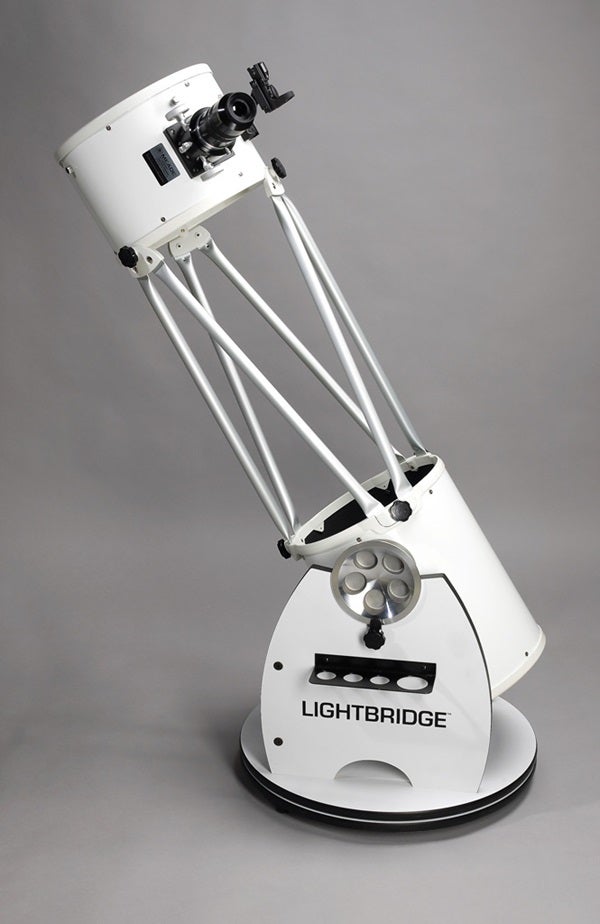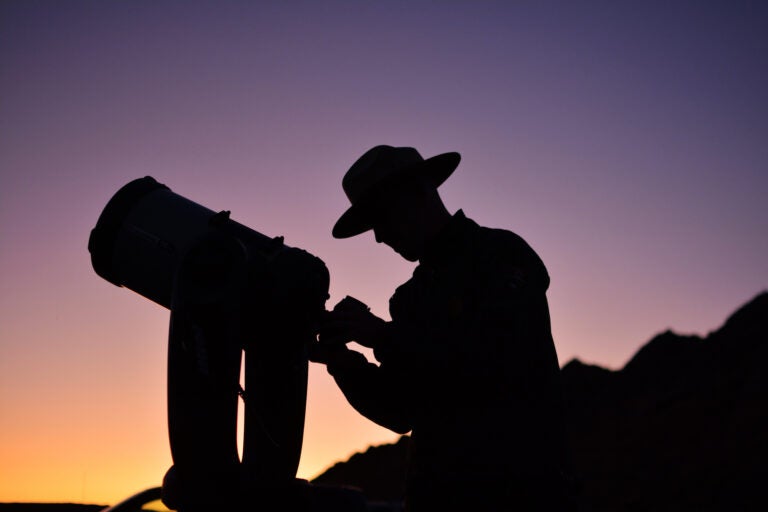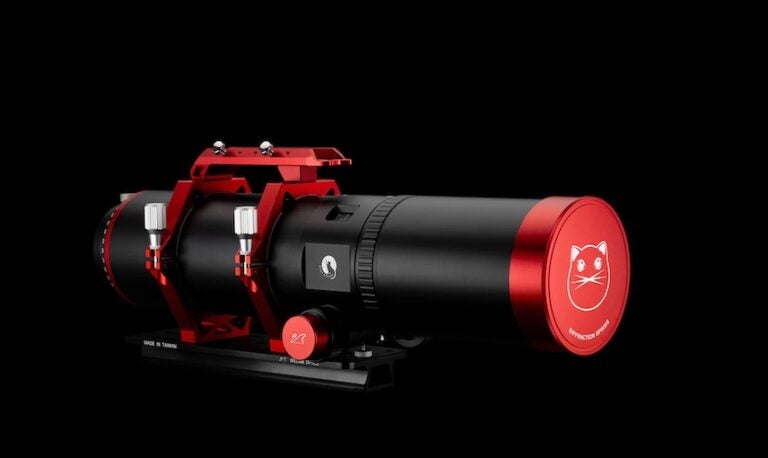Yerkes Observatory has helped make skies accessible to the visually impaired for many years. We’ve found that the best way to start is to get comfortable with eyepiece observing options and then explore the robotic telescopes available online. Another good first step is to contact a local amateur astronomy club. They are typically knowledgeable and welcoming. Go to a few events.
Dobsonian telescopes also provide good first experiences for amateurs and are common at astronomy clubs. You should be able to roll right up to an 8-inch Dob for a firsthand view of the Moon and planets. Experience moving and pointing a telescope to the best of your ability. Don’t be afraid to call ahead and ask if anyone has access to tactile graphics of some of the observing targets.
If you are lucky, someone at a star party will be using an off-the-shelf webcam mounted to a scope to view targets on a monitor, providing you many more options for enlarging and maximizing the display for your needs. You may want to pursue a system like this for yourself. Many amateurs take very good planetary images using this method. Coupling a small go-to telescope with a webcam may let you explore objects too dim for you to see while giving you maximum independence.
Another area to explore is the world of robotic telescopes accessible via the Internet. Slooh and New Mexico Skies provide telescope time to the public on a fee basis. You can use their online interfaces to request images of your choice while controlling exposure time and filters. When the images are returned to you, you can then use whatever optimizations you typically use with your monitor to view your work.
Director of Education Outreach
Yerkes Observatory
Williams Bay, Wisconsin










